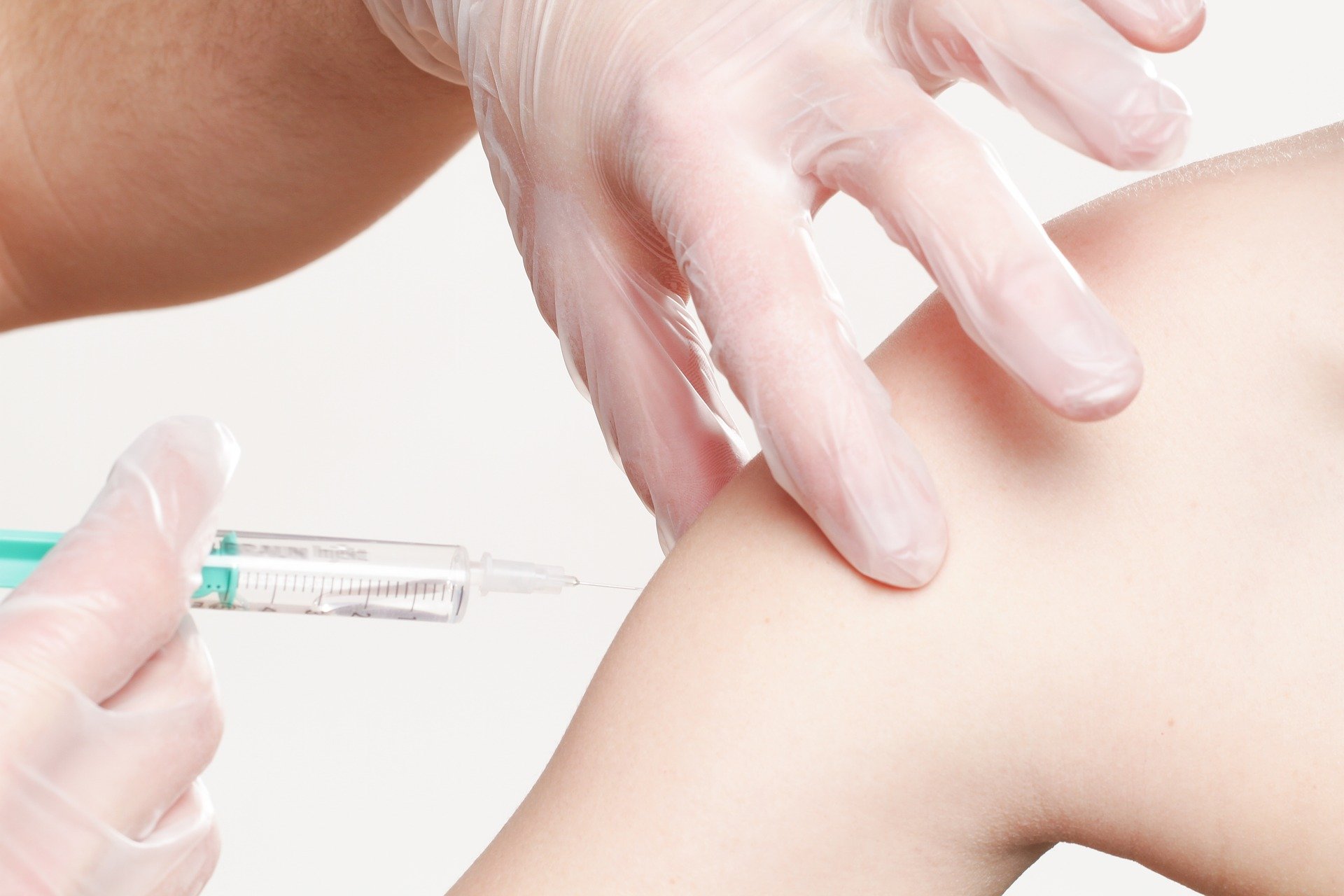The Pfizer COVID-19 vaccine announcement is very exciting. The 90% efficacy they report we presume to mean that of the 94 cases of COVID-19 that were recorded in the trial participants, 84 of those cases were in people who were administered the placebo (so didn’t get the vaccine).
There is still a long way to go, however, to determine how effective this vaccine is across the 43,000 participants who were enrolled, as 94 cases is a small proportion of that. Ongoing monitoring will also help determine how long this vaccine is protective for.
- Can we be reinfected with COVID-19 after recovery?
- How could wearing a mask help build immunity to COVID-19? It’s all about the viral dose
- Understanding overblown immune response is central to conquering COVID-19
This is still a fantastic outcome for this vaccine, and provides hope for the success of many of the other vaccines too. This mRNA vaccine is designed to elicit immunity against the SARS-CoV-2 spike. Most other vaccines in development are also designed around the spike protein. It’s also the first successful use of an mRNA vaccine, meaning this technology could be used for other vaccines against other viruses.

We still need the other vaccines in development, as this vaccine has some limitations: it needs to be stored at -80C, as the mRNA is quite unstable. This makes giving the vaccine to everyone logistically difficult. We also look forward to the published findings from this vaccine trial which will hopefully answer many more questions: is it protective in older people and high risk people, how many antibodies or T cells are enough to be protective and can we use this vaccine technology for other emerging diseases.
We also look forward to seeing how the rest of the vaccines in development compare to this technology, and we hope for equivalent efficacy. This will allow us to compare directly how different vaccine platform technologies work, and to understand better how the virus itself might be manipulating the immune system

